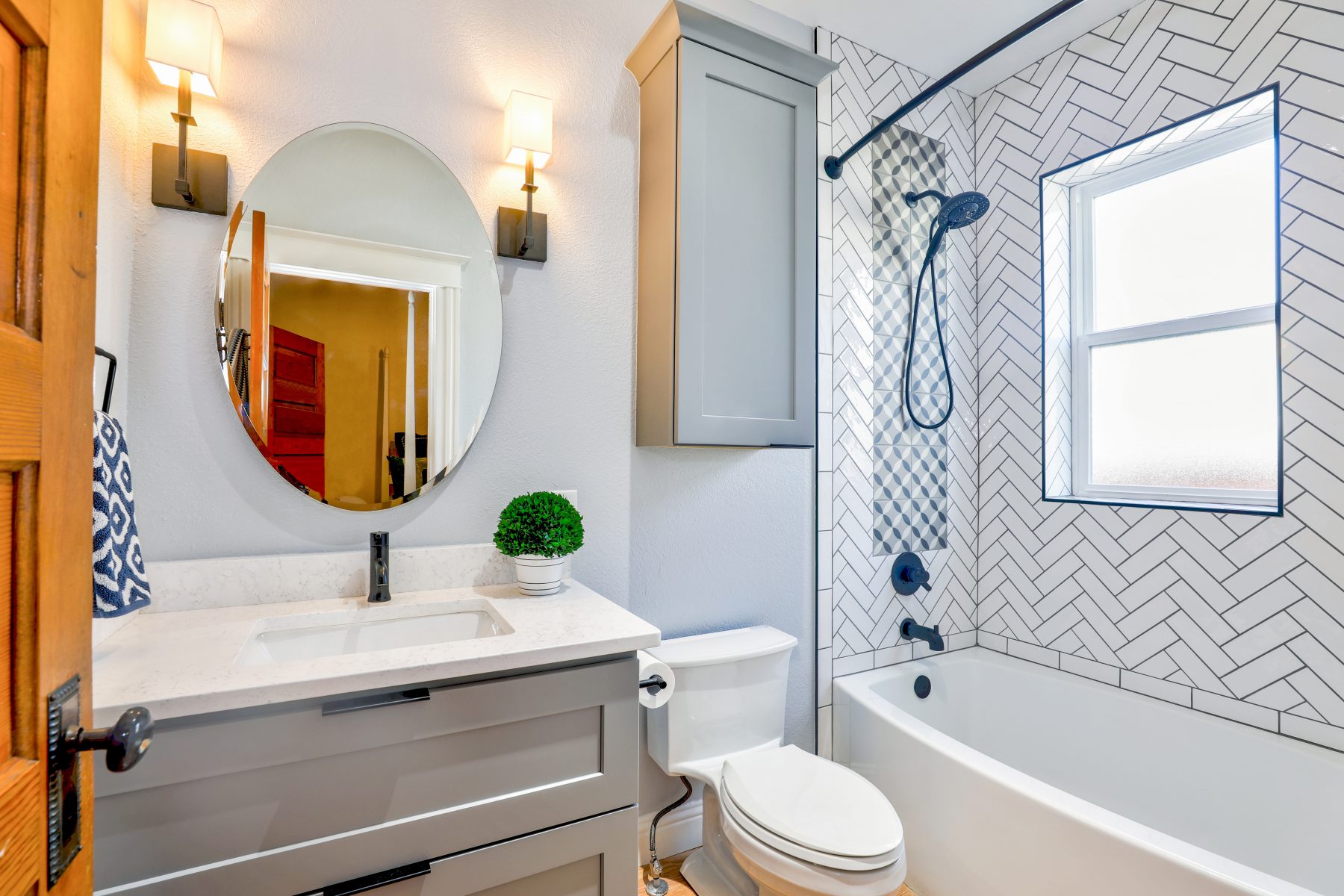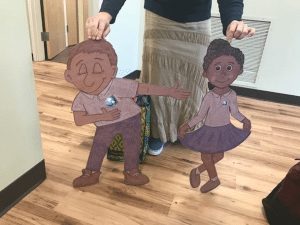Montessori Potty Training
Montessori Potty Training differs from most traditional approaches in several ways. Mostly, traditional method are quick fixes or gradual yet not very well thought out approaches.
Teaching young children to master toilet use in the Montessori world is neither rushed nor haphazard. It is treated like any other learning process: introduced at the right time, in the right way, in a carefully prepared environment.
Montessori philosophy trusts not only that a child can learn and wants to, but also that he is designed to learn. Toilet learning is no different.
Building Awareness From Birth
Babies can be set up for success starting in their first days of life. Often, babies end up “diaper trained”. Toilet training is needed to break old habits and set new ones. This happens when children wear disposable diapers because they’re so absorbent they remain dry. Using cloth diapers allows the baby to feel the discomfort of wetness and notice when she wets or soils herself.
Changing babies as soon as they wet their diapers helps similarly. Some disposable diapers have a wetness indicator that alerts parents when the baby has urinated.
Parents might notice signs that a baby shows before eliminating. Holding an infant over the toilet when this happens helps build awareness of both bodily functions and of toilet use. It’s not necessary to go “diaper-free” to do this (but you can if you want!).
A Sensitive Period For Toilet Learning
Babies are usually primed for toilet learning a little after their first birthday, or around the time they begin to walk. At this age, young toddlers are fascinated with practical life activities, like sweeping, vacuuming, dressing themselves, and using the toilet!
If age one to one-and-a-half seems early to you, consider this important distinction between Montessori and traditional approaches: Montessori may start earlier but the process is not rushed. It is a natural and gradual learning journey. In the end, however, Montessori babies will most likely be fully competent sooner.
A Prepared Environment for Toilet Learning
Adult guides need to seize the opportunity and carefully prepare an environment that promotes toddler independence. Everything in a child’s toileting station should be accessible. It should also resemble the adult world. Realistic-looking white potty seats are preferable over flashier varieties. Remember that at this age, kids want to do just what the adults do.
A toileting station may have a potty seat, a low chair for dressing and undressing, a basket for wet underwear or training pants, and another basket with fresh pairs.
Skill Building
New-walkers often do not have the skills to pull their pants down or pull them back up. Set them up for success by switching to underwear or training pants and pants with elastic bands. Show them how to hook their thumbs into the waistband. Try prompting them to “push” their pants down instead of “pull”. Young toddlers are very concrete and that direction is more accurate. Practice, practice, practice.
Sign Language
At the sensitive period for toilet learning, many toddlers are not verbal. This can be a real challenge, and it is part of why many other approaches wait longer to train. Sign language is an amazingly simple fix. Teaching babies the signs for pee, poop, and potty can make a world of difference. Babies can sign at an early age, long before they can speak.
Striking a Balance between Child-Led and Adult-Led
The Montessori Method promotes child-led learning. However, this happens in the context of an adult who closely observes the child. She provides the right materials and experiences. Part of the philosophy is freedom within limits.
When it comes to toilet learning, adults may nudge the child along. They may invite him to sit on the toilet at random or even planned intervals. They also need to make sure he sees other people using a toilet.
Potty training is tricky because it’s a cultural norm, but it’s not really truly natural. In the natural world, there aren’t diapers or toilets. Both are human inventions. Therefore, we do need to teach and encourage children to use a toilet, just as they’ve previously been taught to use a diaper.
Most importantly, toilet mastery is a gradual process and children want to learn it


